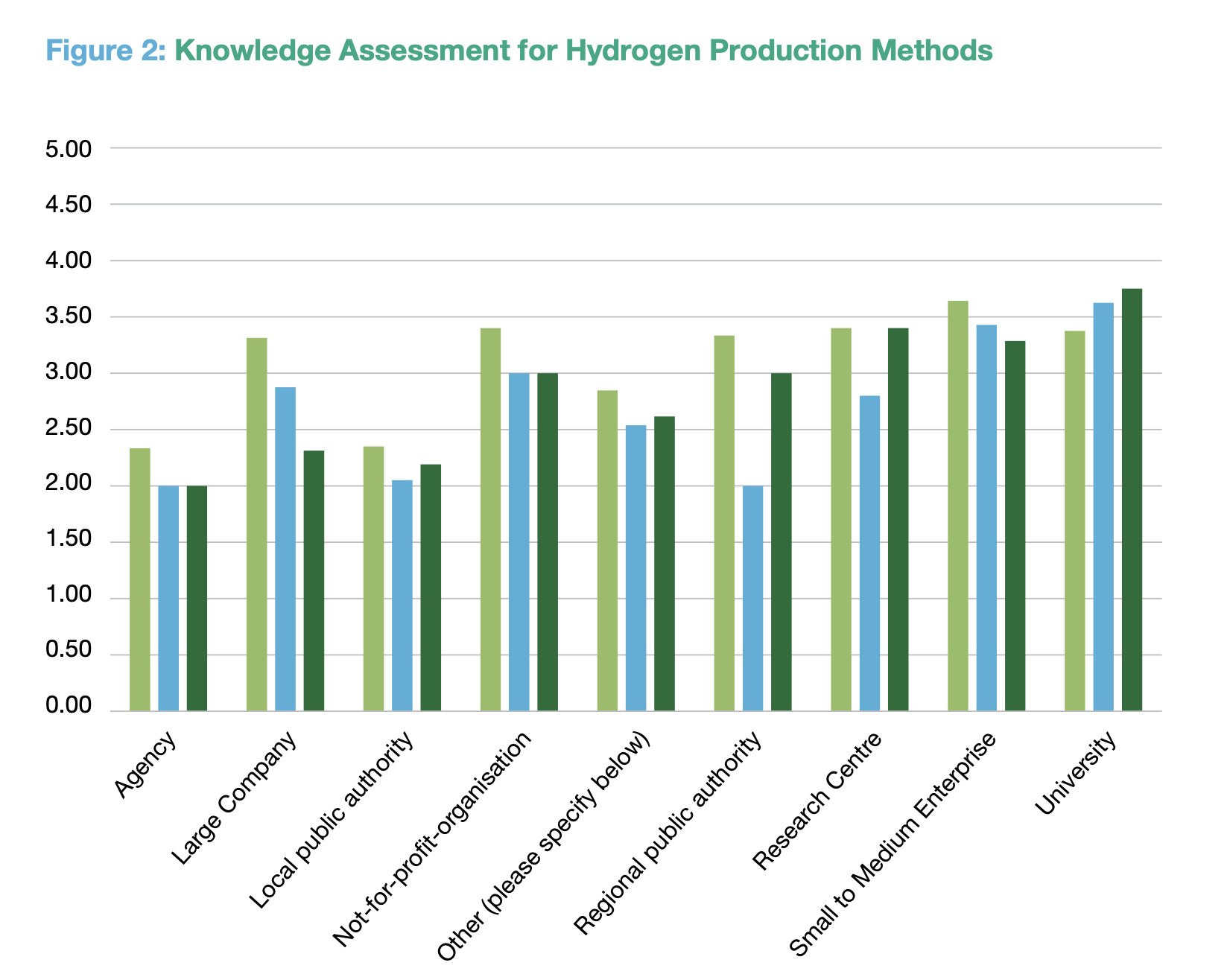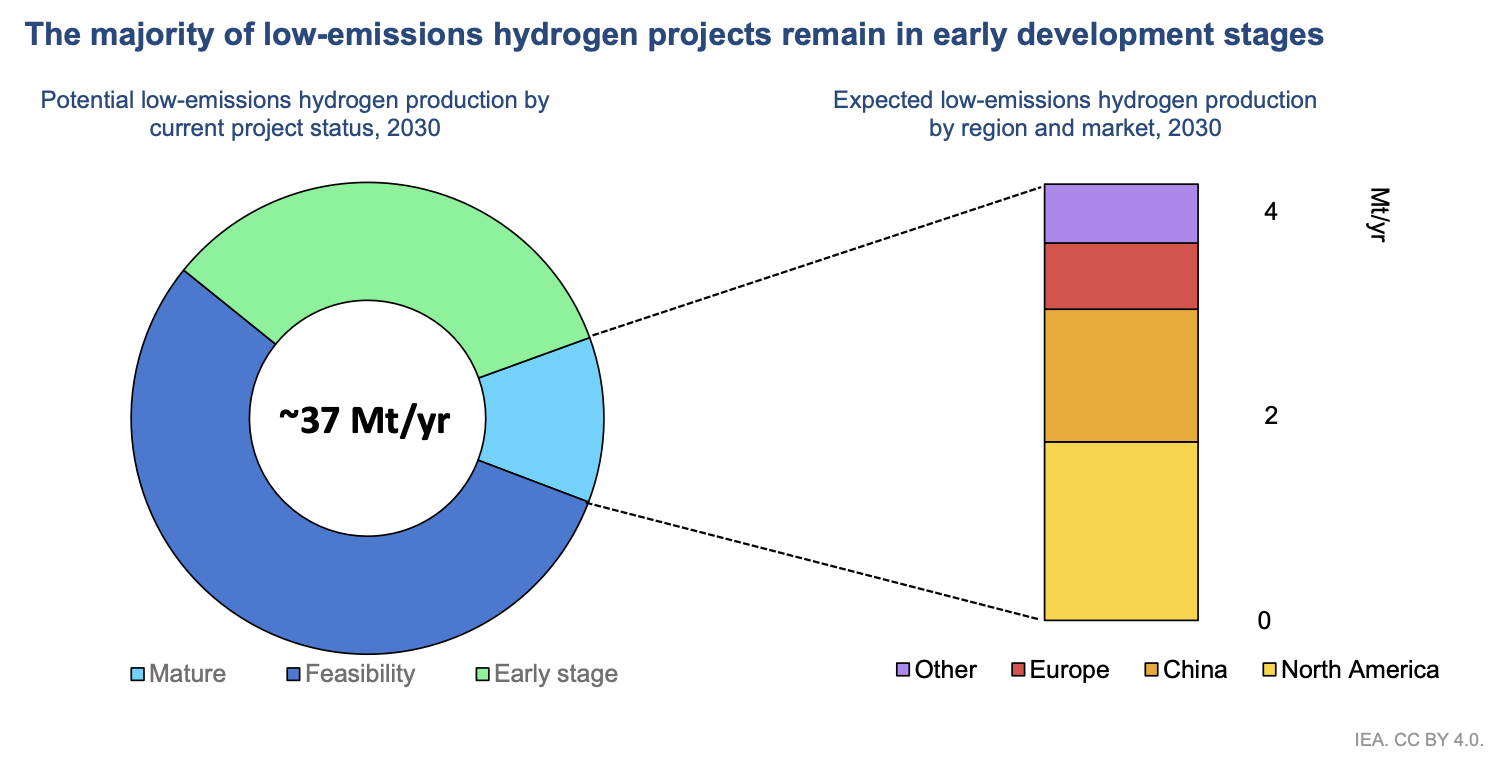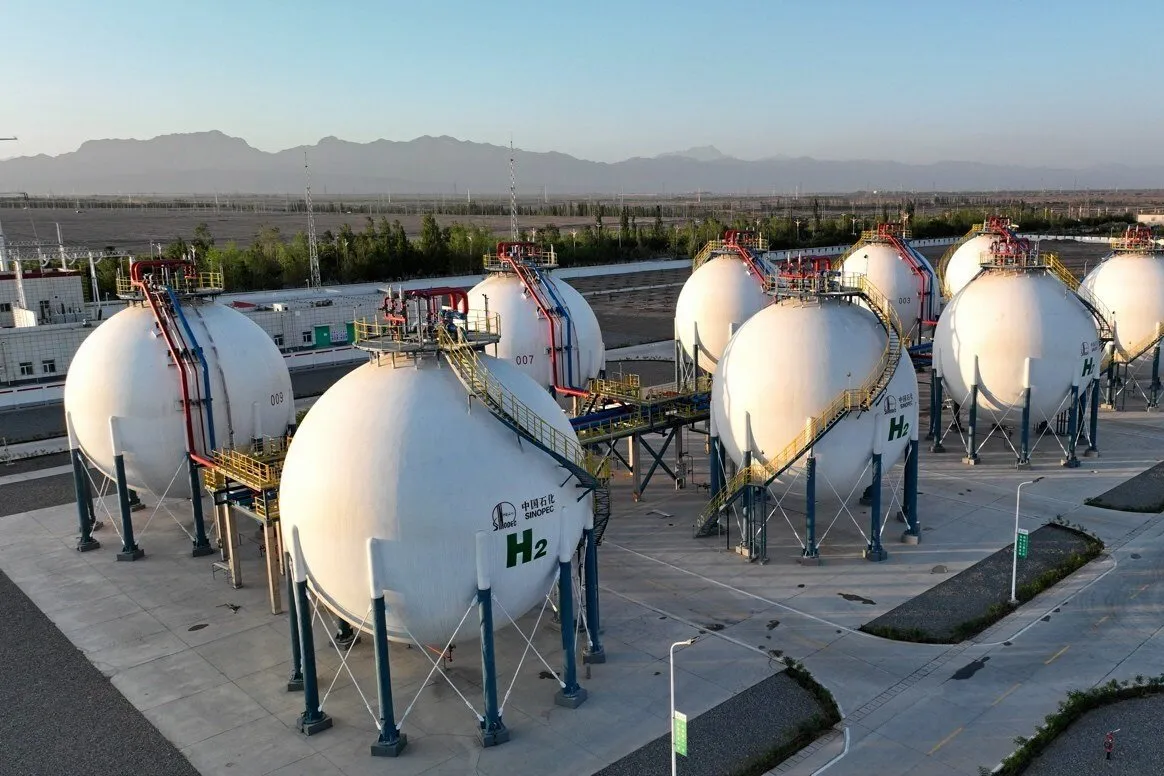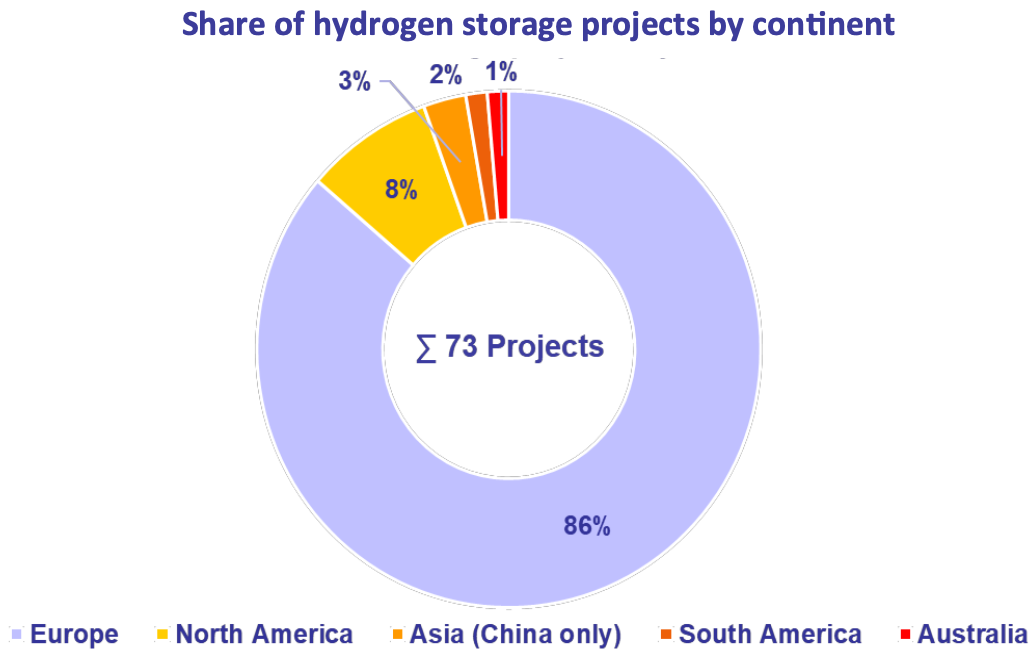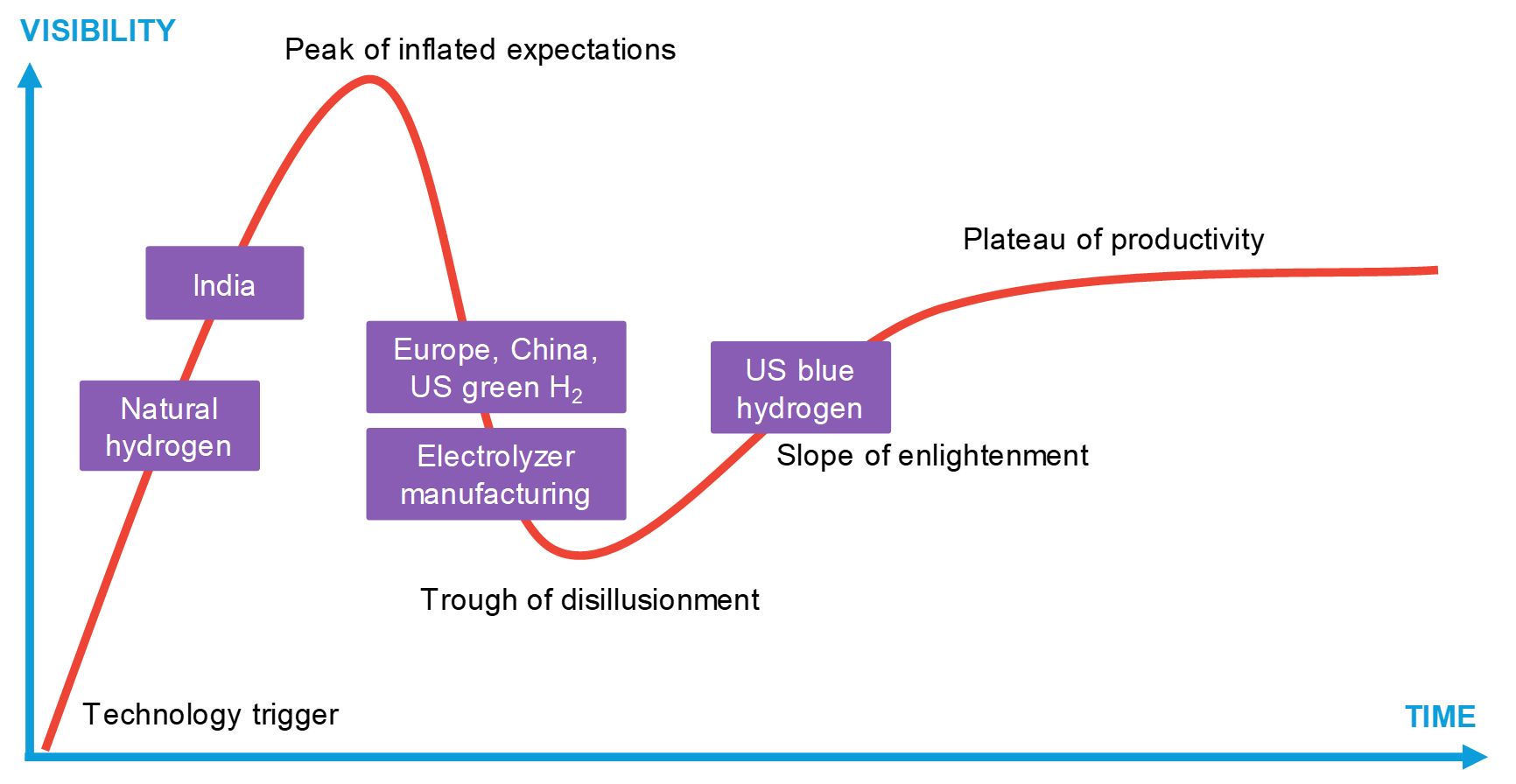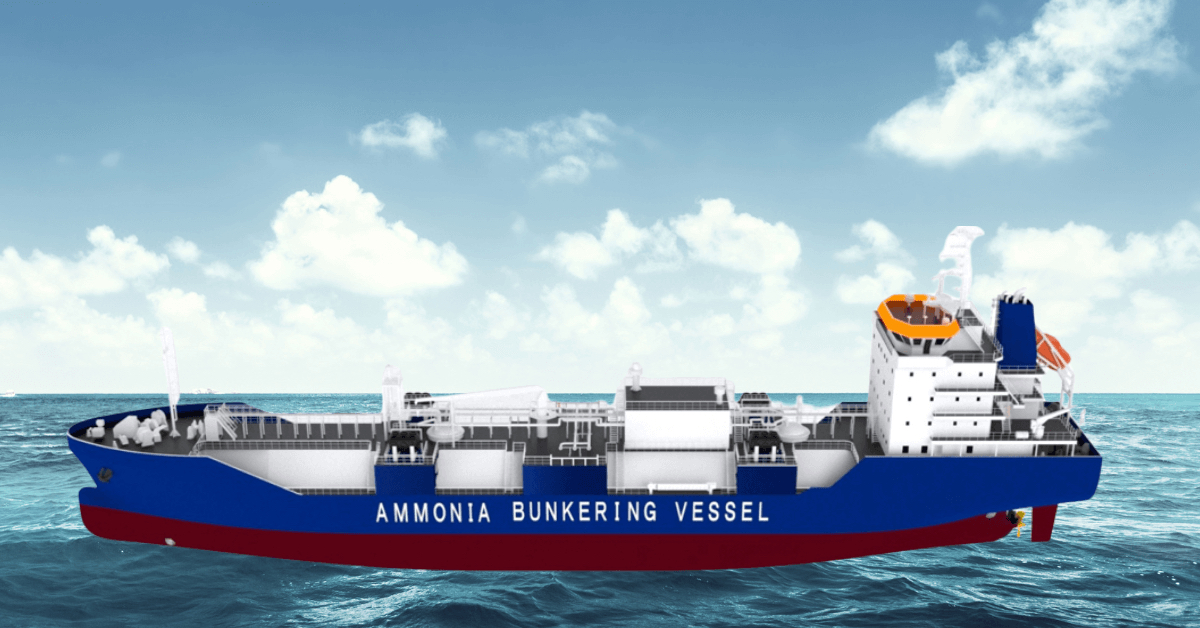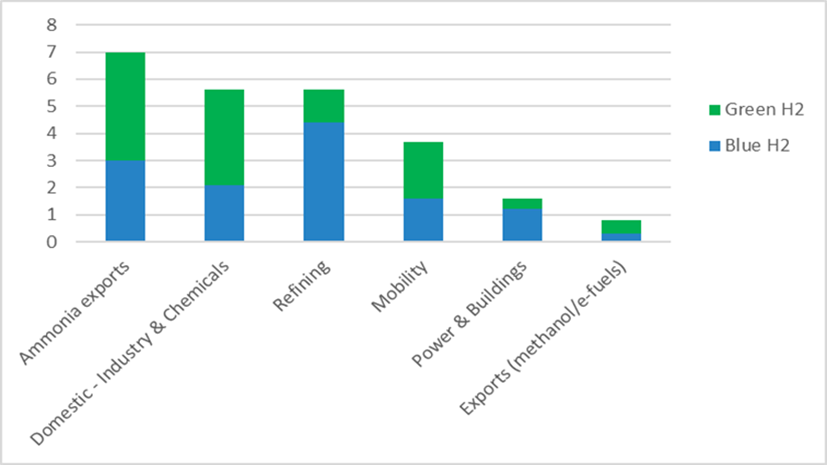

Germany has introduced a comprehensive regulatory framework that defines how hydrogen network capacity will be calculated, allocated and contracted across the future national hydrogen grid. The new rules, structured under the WaKandA and WasABi models, establish a harmonised Entry-Exit system that becomes mandatory from 1 January 2028. Under this approach, operators must offer the maximum firm technical capacity, while interruptible capacity is allowed only when firm products are fully booked.
A unified set of capacity products—annual (up to 15 years), monthly and daily—will support long-term planning as well as short-term market flexibility, with at least 10% of system capacity reserved for short-term bookings. The framework also requires a single national platform for all primary and secondary capacity transactions, transparent auction procedures when capacity bookings exceed 80%, harmonised nominations and updated legacy contracts. Together, these rules form the backbone of German hydrogen network regulation and aim to create a transparent, stable and investment-ready hydrogen market.
Source: Luis Ignacio PARADA/ Federal Network Agency (BNetzA), Germany

